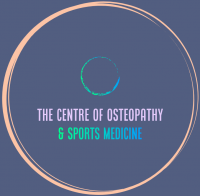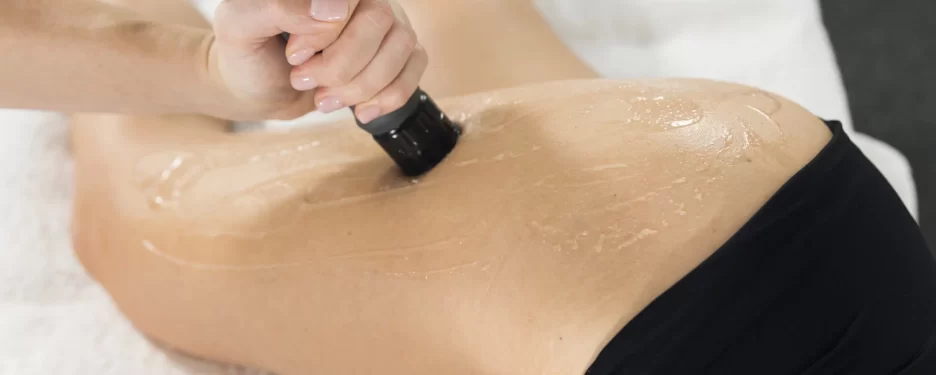Gluteal tendinopathy is a common condition that affects the tendons that attach the gluteal muscles to the hip bone. It's characterized by pain and tenderness on the outside of the hip, which can be aggravated by activities such as running, climbing stairs, or prolonged sitting.
While gluteal tendinopathy can be a frustrating and painful condition, there are several conservative treatment options available that can help manage symptoms and improve function. In this article, we'll explore some of the most effective conservative treatment options for gluteal tendinopathy.
1. Osteopathy
Osteopathy is a manual therapy that involves gentle manipulation of the musculoskeletal system to promote healing and relieve pain. An osteopath can use a range of techniques to address the underlying causes of gluteal tendinopathy, such as identifying and correcting muscle imbalances or improving joint mobility.
2. Sports Massage
Sports massage is a type of massage that focuses on treating soft tissue injuries and improving muscle function. A sports massage therapist can use deep tissue massage techniques to help loosen tight muscles and reduce pain and inflammation in the hip area.
3. Shockwave Therapy
Shockwave therapy is a non-invasive treatment option that uses high-energy sound waves to promote tissue healing and reduce pain and inflammation. It's been shown to be effective in treating a range of musculoskeletal conditions, including gluteal tendinopathy.
4. Dry Needling
Dry needling is a technique that involves inserting thin needles into trigger points in the muscles to release tension and reduce pain. It's been shown to be effective in treating a range of conditions, including gluteal tendinopathy.
5. Exercise Prescription
Exercise prescription is a key component of any conservative treatment plan for gluteal tendinopathy. Specific exercises can help strengthen the gluteal muscles and improve their function, which can help reduce pain and prevent further injury.
Some effective exercises for gluteal tendinopathy include:
- Clamshells
- Bridges
- Side-lying leg lifts
- Hip thrusts
In conclusion, gluteal tendinopathy can be a painful and frustrating condition, but there are several conservative treatment options available that can help manage symptoms and improve function. Osteopathy, sports massage, shockwave therapy, dry needling, and exercise prescription are all effective treatment options that can help you get back to your daily activities pain-free. If you're experiencing symptoms of gluteal tendinopathy, talk to a medically trained osteopath to determine the best treatment plan for you.

